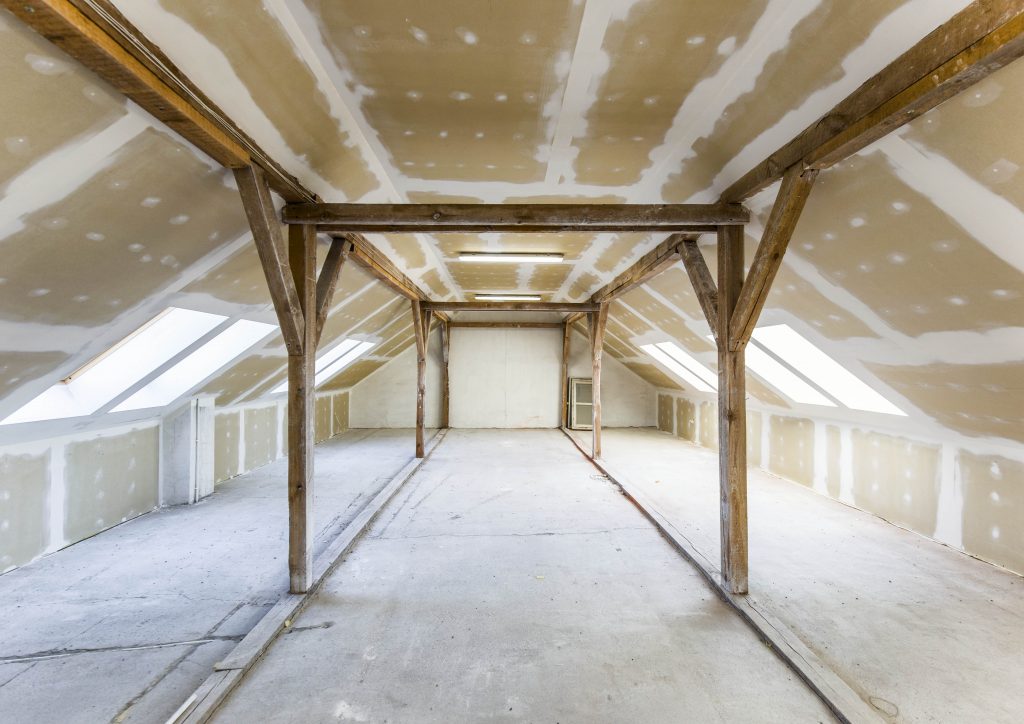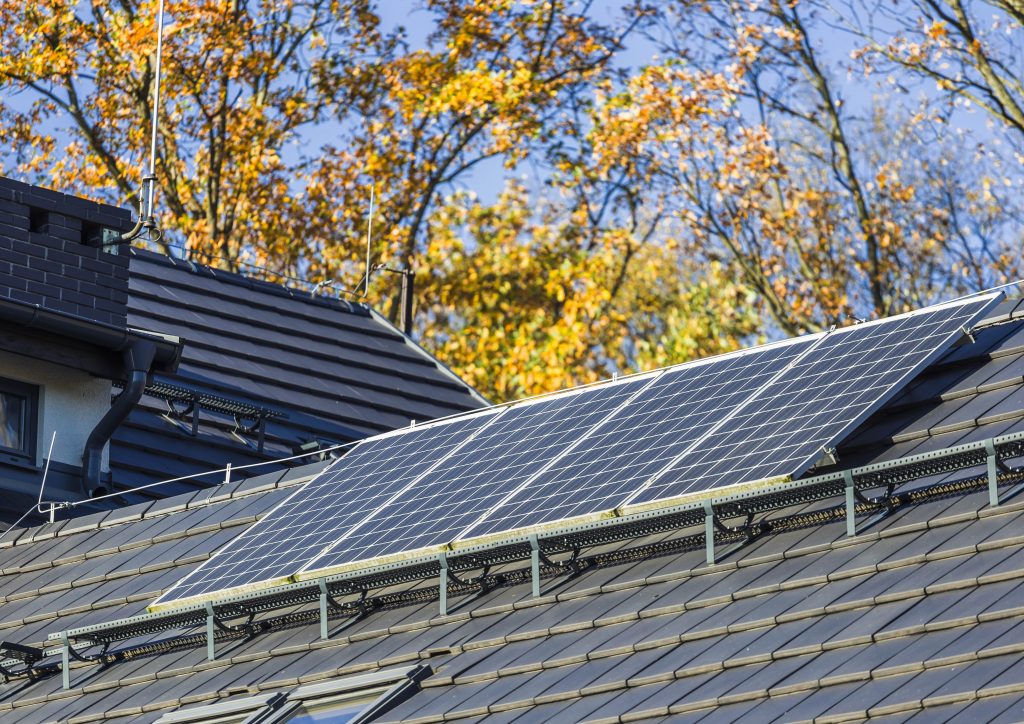


Building renovations in the State Forests are not just investments in comfort and aesthetics. Above all, optimization of energy management and implementation of all works in the spirit of the circular economy are crucial. It will be more economical and significantly more environmentally friendly. How? We will find out during the pilot of deep thermal modernization for 4 buildings in the State Forests.
State Forests manage a variety of buildings, and how they function matters for the environment and climate. Investments such as modernizations have a significant impact on reducing energy demand, thus lowering greenhouse gas emissions into the atmosphere and ultimately combating climate change. Additionally, they bring benefits in terms of expenditures on thermal and electrical energy used in buildings.
The pilot of deep thermal modernization is conducted as part of the “Increasing the Energy Efficiency of Buildings in the State Forests” project and will be carried out in 4 forest districts: Kraśnik, Warcino, Radom, and Tuchola.
The action includes three stages:
1. Development of a concept of deep thermal modernization for 4 pilot buildings, considering the use of innovative technologies, modern materials, and renewable energy sources.
2. Preparation of project documentation based on the developed concept.
3. Modernization/construction works.
Deep thermal modernization involves a comprehensive set of renovation and modernization activities aimed at achieving a zero-energy consumption state in the building. This notably includes improving the thermal insulation of external partitions, enhancing the efficiency of heating, ventilation, and lighting systems, and implementing automation and building control systems. Deep thermal modernization should involve the introduction of innovative technologies and materials with low embedded energy and low energy demand accumulation.
Modernization works will be preceded by a life cycle analysis of buildings or their main elements, as well as the preparation of energy audits for buildings, for which a deep thermal modernization concept will be developed.
The goals of the pilot for each object include:
– Achieving a building standard with a low carbon footprint, including the selection of low-emission materials and minimizing the demand for new building materials through the use of recycled materials, following the principles of the circular economy.
– Achieving a zero-emission building standard along with improving its thermal-humidity parameters.
– Enabling energy management in the building by introducing smart metering and energy management systems.
– Allowing monitoring of the effects of introduced changes in modernized buildings through the use of IT tools. Cloud technology is expected to be used to collect energy meter data and process data.
The first stage of the pilot began at the end of last year, and the completion of the second stage of works is planned for the second quarter of 2025. The results of the pilot will serve as best practices for other units of the State Forests that are implementing similar projects to increase the energy efficiency of managed facilities.
